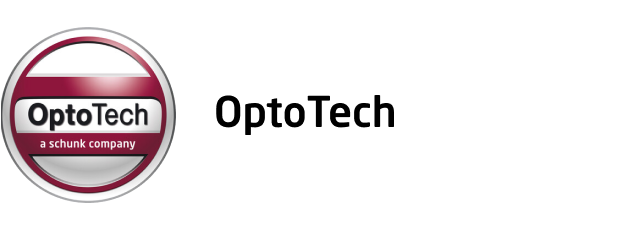As a leading supplier, Weiss Technik supports the research and development of fuel cell vehicles with special environmental simulation facilities. The test equipment is protected against the formation of explosive H2 atmospheres by safety components in accordance with its area of application and degree of risk.
The hydrogen-powered fuel cell is one of the great hopes of the mobility revolution. Meanwhile, hydrogen poses challenges for research institutions and the automotive industry as this gas is diffusible, highly flammable and highly explosive. Together with TÜV Rheinland, Weiss Technik has developed a concept of measures for the environmental simulation of hydrogen-powered vehicles and their components. It enables a quick and clear selection of the necessary safety components for the customer's individual test rig requirements and supports all future development work.
Three product groups form the foundation: Test cabinets for components, chambers for assemblies and large-volume test rigs for complete vehicles. These are enhanced by special safety components which prevent the release and ignition of H2 atmospheres from the H2 tank, the fuel cell stack or a thermal runaway of the lithium-ion battery.
The configuration of the environmental simulation devices and systems is based on a modular system. It divides the applications into eight categories, ranging from individual drive components to prototypes and testing of the complete vehicle. Each customised application receives its own risk rating - in a standardised manner via the modular system and in line with the customer's usage requirements. Weiss Technik equips the environmental simulation equipment with the necessary safety components according to level of risk. A variety of measures are available. These include, for example, gas detection, purging with fresh air or the discharge of escaping hydrogen. In addition to new devices and systems, Weiss Technik also offers the retrofitting of existing test rigs.

